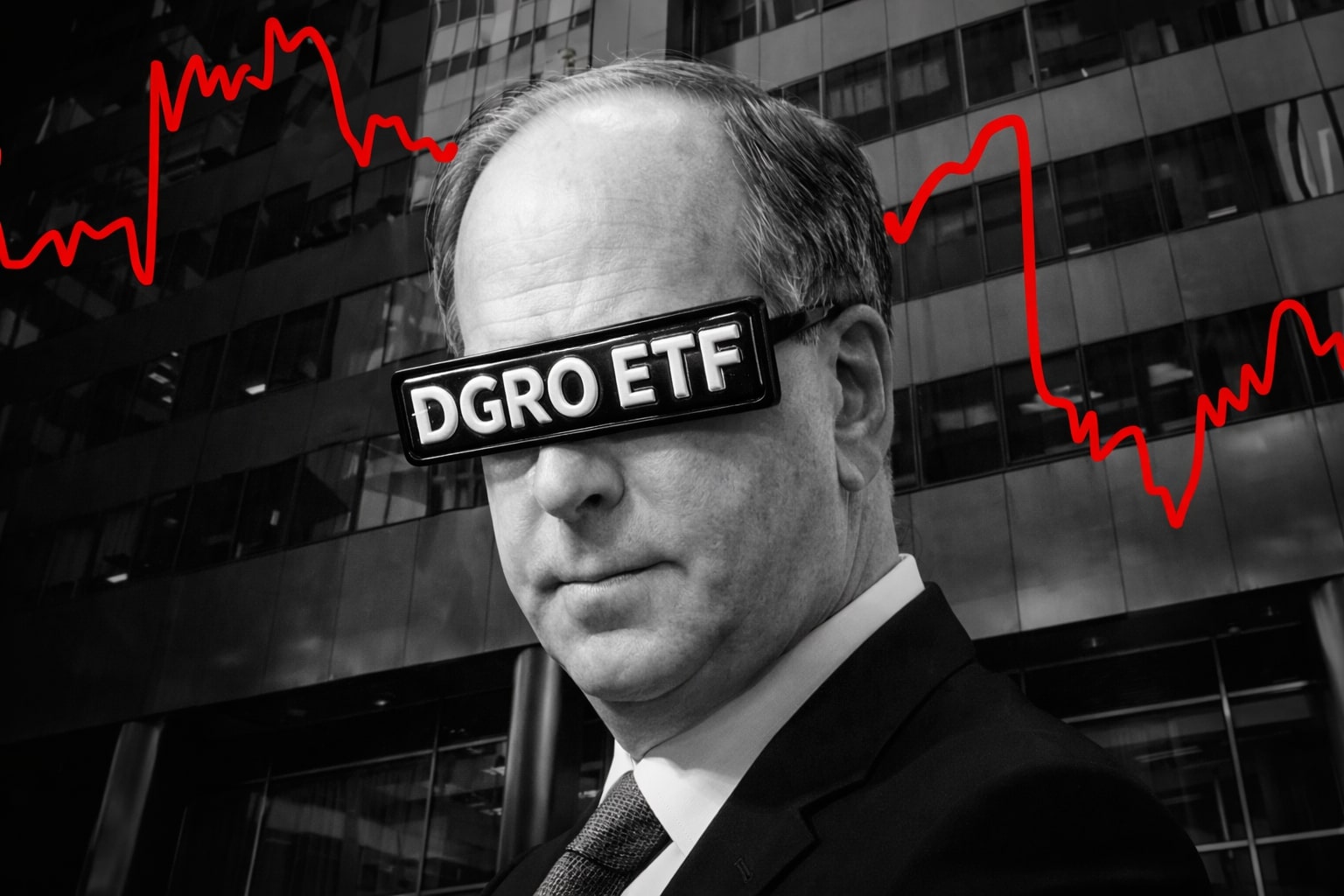
Can Bitcoin’s $94,875 Breakout Fuel a Dash to $100,000?
After record $3 billion ETF inflows and mining hash rates near 796 EH/s, is BTC-USD poised for fresh highs or primed for a pullback to $90,000? | That's TradingNEWS
Bitcoin Price Rises Above $94,000 on ETF Influx
Bitcoin (BTC-USD) reclaimed the $94,000 threshold, trading near $94,875 on April 29 as spot Bitcoin ETFs attracted a record-breaking $3 billion in net inflows last week. The surge peaked on April 22, when funds pulled in $936.5 million, marking the largest single-day appetite since U.S. ETF launches. BlackRock’s iShares Bitcoin Trust (IBIT) led the charge, scooping up $970.9 million on April 28 alone, representing the second-biggest daily inflow since its January 2024 debut. In contrast, ARK 21Shares Bitcoin ETF (ARKB) saw $226.3 million of outflows, with Fidelity’s FBTC losing $86.9 million and Grayscale’s GBTC shedding $42.7 million. These disparate flows underscore a concentration of institutional capital into IBIT, accounting for 51 percent of total spot BTC ETF market share, while other issuers treaded water or exited positions.
BTC-USD Charts Show Bullish Momentum with Hefty Volume
Trading volume for BTC/USDT on Binance surged to $31.56 billion over 24 hours, a 25 percent jump from the prior day, as Bitcoin held above its 50-day moving average near $90,000. The Relative Strength Index hovered around 68, signaling continued upside pressure but nearing overbought territory. Support at $93,000 has proven firm, while resistance near $95,765—the level that capped Bitcoin’s rally last week—now stands as the next hurdle. Market cap sits at approximately $1.88 trillion, reinforcing Bitcoin’s primacy as the world’s leading digital asset.
Mining Footprint Expands with Over 52 Percent Renewables
The Cambridge Centre for Alternative Finance reports that Bitcoin mining’s annualized electricity consumption climbed to 138 TWh in Q1 2025, up 17 percent year-on-year. Hydropower and wind now supply 52.4 percent of that demand, surpassing natural gas at 38.2 percent. Greenhouse gas emissions reached 39.8 million tons CO₂e, about 0.08 percent of global emissions. North America commands 75.4 percent of the network hash rate, driven by the U.S., followed by Canada at 7.1 percent. ASIC efficiency improved 24 percent to 28.2 joules per terahash, and 86.9 percent of decommissioned hardware is recycled, curbing e-waste to an estimated 2.3 kilotonnes. Despite halving-induced margin compression, miners maintain profitability at average operating costs of $55.50 per MWh, buoyed by efficiency gains and power hedging strategies.
Institutional Hoarding and On‐Chain Accumulation Deepen
MicroStrategy added 15,355 BTC at an average price of $92,737 on April 27, lifting its total holdings to 553,555 BTC—valued at $52 billion—at a mean cost basis of $68,459. This $1.42 billion purchase underscores continued corporate conviction. On-chain metrics from Glassnode show wallets holding over 1 BTC rose to 1.02 million addresses as of April 28, signaling broadening retail and institutional accumulation. Network hash rate bumped up to 796 EH/s, reflecting miners’ confidence in Bitcoin’s long-term value.
Macro Drivers and $120,000 Q2 Forecast by Standard Chartered
Standard Chartered’s Digital Asset Research team forecasts a post-election-style BTC rally, targeting $120,000 in Q2 2025 and $200,000 by year-end, driven by widening ETF flows away from gold and into Bitcoin. The bank notes U.S. Treasury term premium at a 12-year high, suggesting dollar-denominated assets may cede ground to crypto. A strategic asset reallocation amid global trade tensions and Fed policy uncertainty could catalyze further upside, mirroring Bitcoin’s surge above $103,713 in November 2024. Longer-term, the bank sees Bitcoin potentially reaching $500,000 by 2028 as institutional adoption accelerates.
Regulatory and Legislative Catalysts on the Horizon
The reintroduced Bitcoin Act, sponsored by Senator Cynthia Lummis, seeks to have the U.S. government accumulate one million BTC over five years, locking them for 20 years. Parallel developments in Arizona allow up to 10 percent of public funds to be invested in Bitcoin once the governor signs the bill, potentially setting a precedent for state reserve allocations. Conversely, the Swiss National Bank’s rejection of crypto holdings highlights central banks’ caution. Continued progress—or stalemate—on U.S. SEC rule-making and trading-desk oversight will remain pivotal for ETF approvals and broader institutional flows.
Technical Crossroads: Support at $93,000, Resistance at $96,000
Bitcoin’s four-hour charts show a tight range between $93,000 and $96,000. Short-term moving-average convergence divergence (MACD) lines have turned positive, while the 20-hour EMA offers immediate support at $93,500. A sustained break above $96,000 could usher in a swift move toward $100,000, whereas a slide beneath $93,000 risks a retest of the 50-day MA at $90,000 and the psychological $90,000 floor.
Strategic Positioning: Accumulate on Dips
Given robust institutional inflows, healthy on-chain accumulation, and a bullish macro outlook, BTC-USD merits a buy-on-dips approach. Ideal entries near $93,000–$92,000 offer a favorable risk-reward against upside targets of $105,000–$120,000, contingent on sustained ETF demand and easing trade tensions. Longer-term holders can lean into the $200,000 year-end forecast, while nimble traders should monitor ETF flow shifts for signs of impending volatility.
That's TradingNEWS
Read More
-
DGRO ETF Price: Is DGRO at $69.17 Still the Better Dividend-Growth Bet?
17.12.2025 · TradingNEWS ArchiveStocks
-
XRP Price Stuck Below $2 As XRPI at $10.74 and XRPR at $15.26 Ride $1B+ ETF Inflows
17.12.2025 · TradingNEWS ArchiveCrypto
-
Natural Gas Price Forecast - NG=F Steady Near $4 as TTF Jumps on Colder Forecasts and LNG Outage Risk
17.12.2025 · TradingNEWS ArchiveCommodities
-
USD/JPY Price Forecast: USDJPY=X 155.50 Pivot Before BoJ Hike and US CPI
17.12.2025 · TradingNEWS ArchiveForex

















